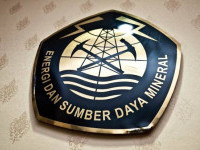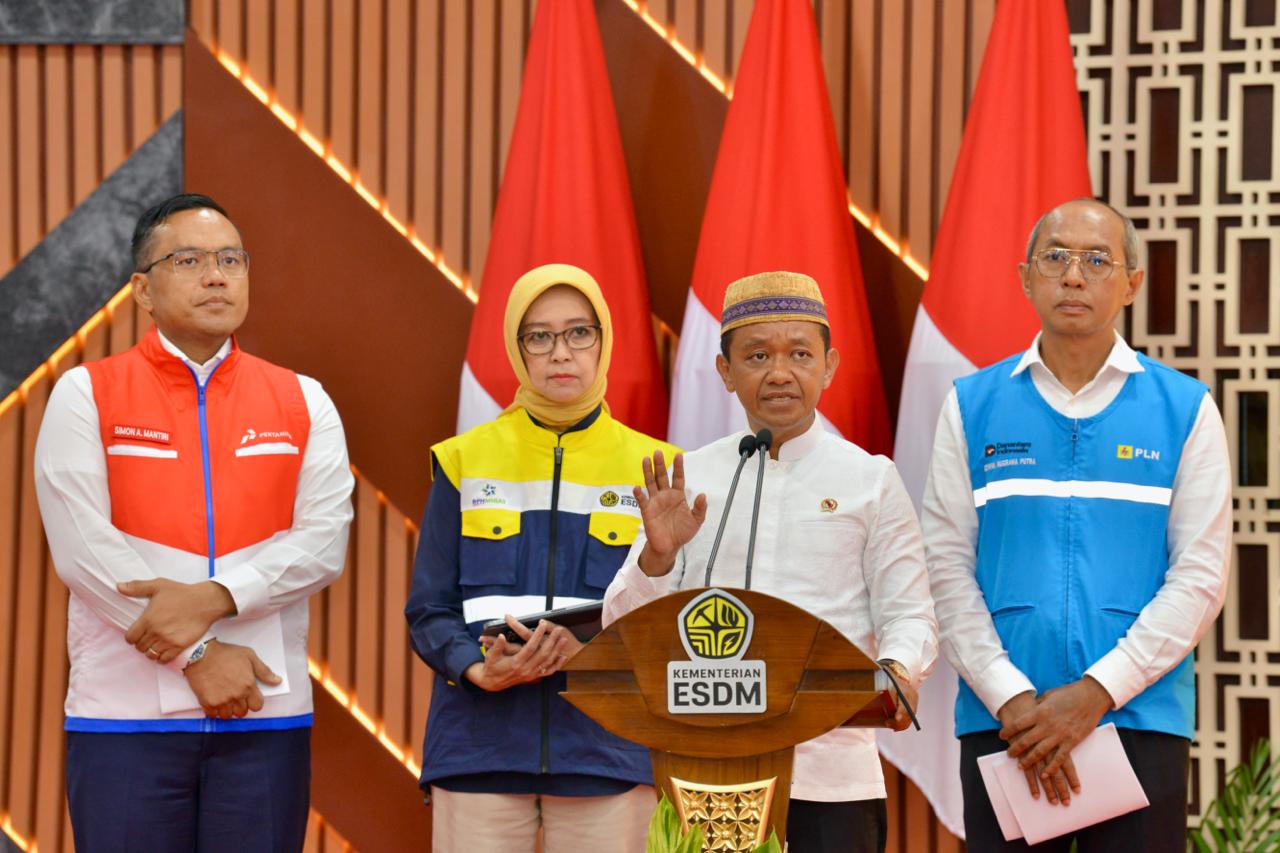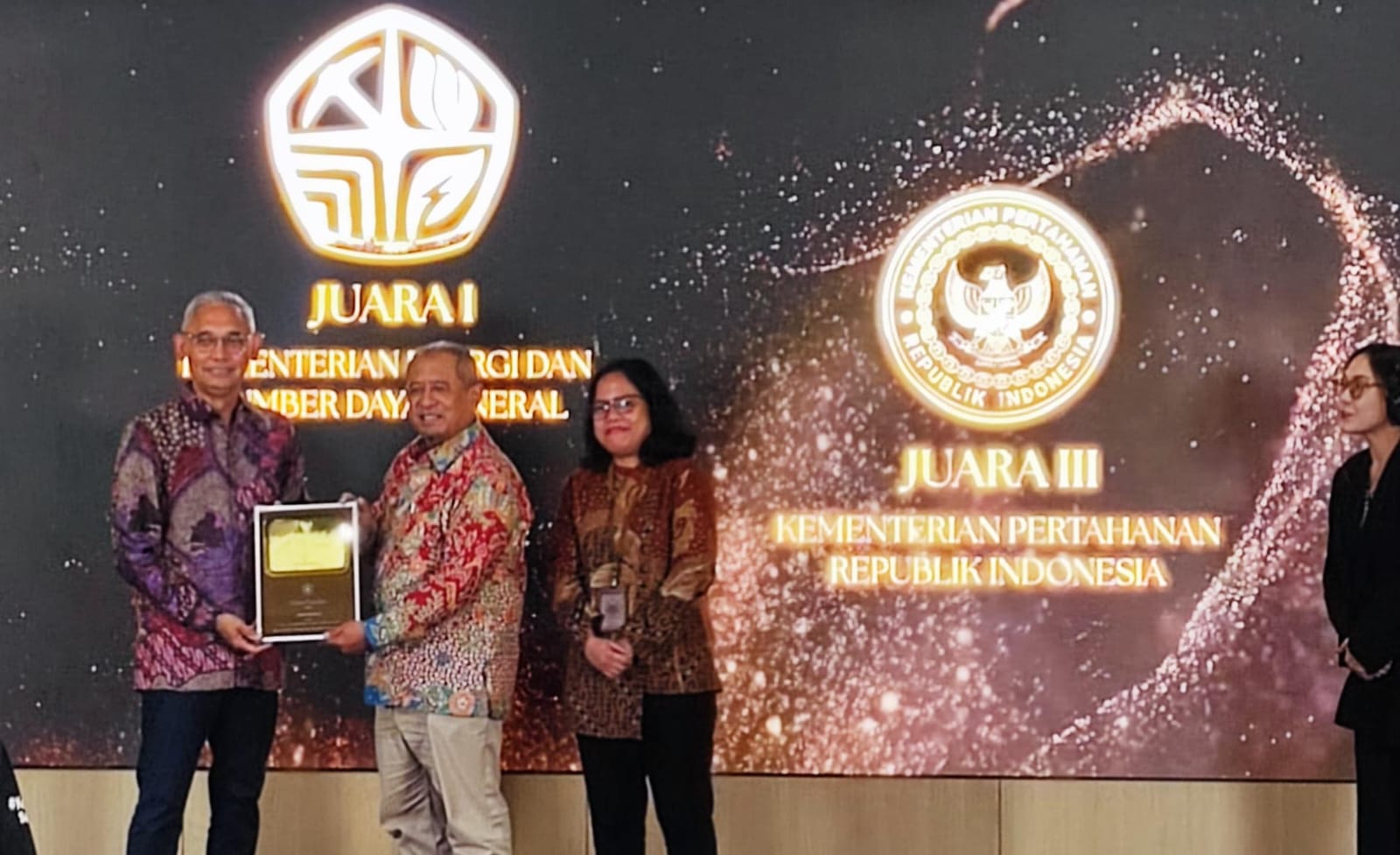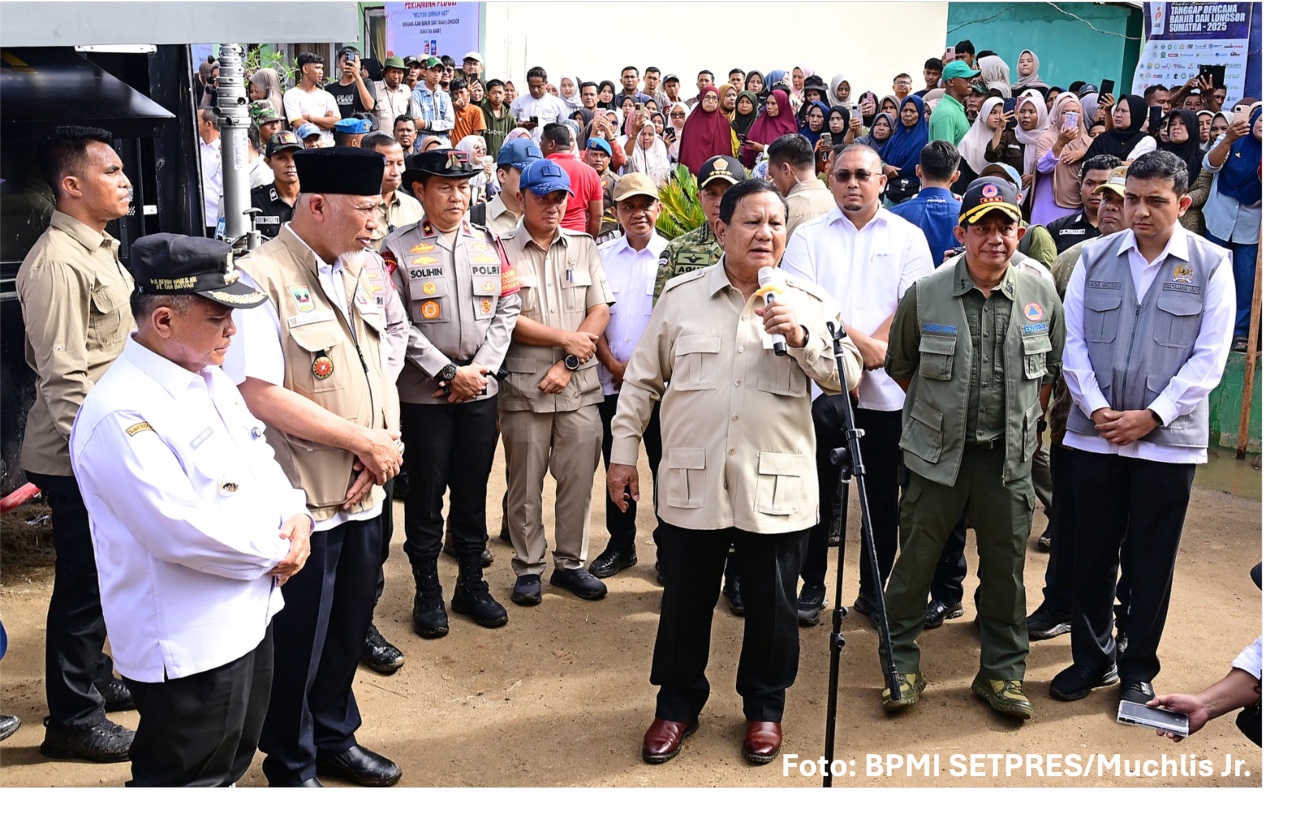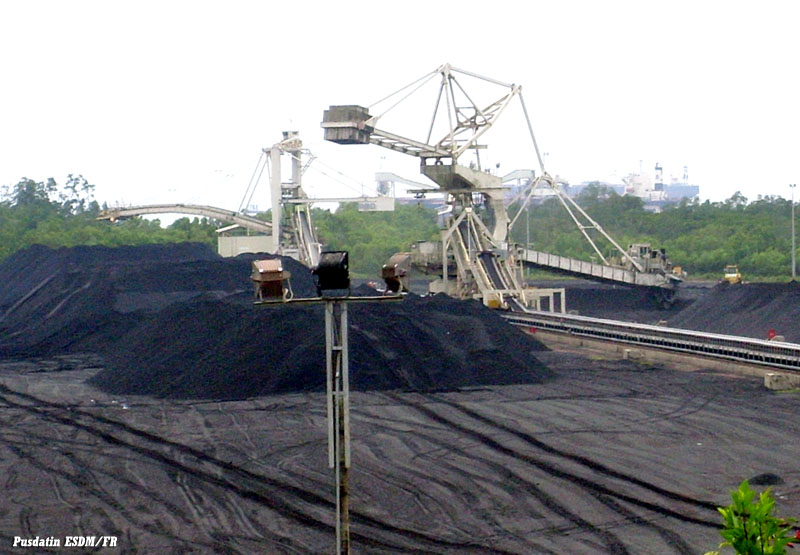HBA Falls to USD159.79 per ton in December 2021
MINISTRY OF ENERGY AND MINERAL RESOURCES
REPUBLIC OF INDONESIA
PRESS RELEASE
NUMBER: 442.Pers/04/SJI/2021
Date: 8 December 2021
HBA Falls to USD159.79 per ton in December 2021
The Ministry of Energy and Mineral Resources (EMR) has set the Indonesian Coal Benchmark Price (HBA) for December 2021 at USD159.79 per ton, falling by USD55.22 per ton compared to November's HBA which was set at USD215.01 per ton.
According to Head of Bureau of Communication, Public Information Services, and Cooperation of the Ministry of EMR, Agung Pribadi, a lower HBA price results from the Chinese government's intervention to secure domestic coal supply.
"The Chinese government has increased coal production to meet domestic demands. As a result, domestic stocks in China are up, and local governments regulate coal prices," said Agung in Jakarta, Wednesday (8/12).
Agung added this month's declining HBA was also due to the ongoing energy crisis, followed by prices of fossil energy commodities other than coal creeping up. "The shift to coal use due to soaring prices of gas and oil is starting to recover," explained Agung.
The declining HBA in December was the first time to occur after coal prices shot up almost across the year 2021. Opened at USD75.84 per ton in January, the HBA rose to USD87.79 per ton in February, then fell to USD84.47 per ton in March. After that, the HBA continued to climb, to USD86.68 in April, USD89.74 in May, USD100.33 in June, USD115.35 in July, USD130.99 in August, USD150.03 in September, USD161.63 in October, and USD215.01 in November 2021.
For the record, the HBA refers to an average price of four indeces, namely Indonesia Coal Index (ICI), Newcastle Export Index (NEX), Globalcoal Newcastle Index (GCNC), and Platt's 5900 of the previous month, with a quality made equivalent to 6,322 kcal per kg GAR, Total Moisture 8%, Total Sulphur 0.8%, and Ash 15%.
There are two derivative factors influencing the HBA movement, namely supply and demand. The derivative factors of supply include season, mine technicalities, policies of the supplying countries, and supply chain technicalities such as train, barge, and loading terminal.
Meanwhile, the derivative factor of demand is a lower demand for electricity due to industry condition, import policies, and competition with other energy commodities such LNG, nuclear, and hydro.
The December HBA will be used to determine coal price on a Free-on-Board (FOB) basis for the entire month. (IY)
Head of Bureau of Communication, Public Information Services, and Cooperation
Agung
Pribadi (08112213555)
Share This!

